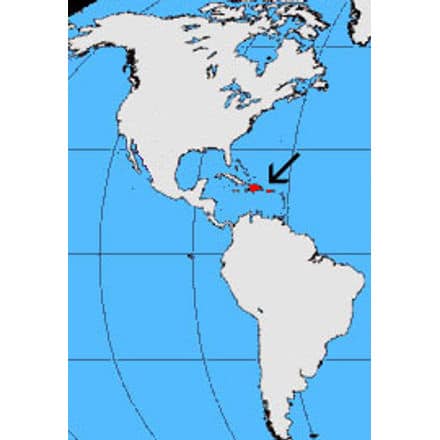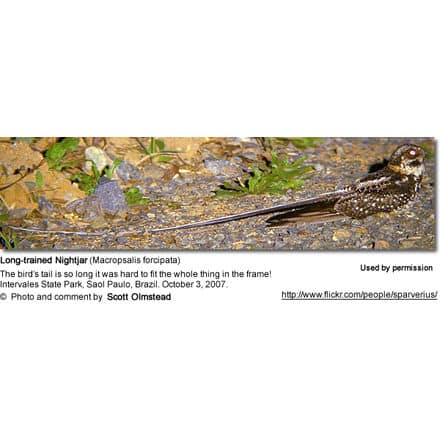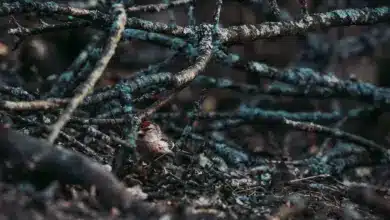White-necked Crow
The White-necked Crows, Corvus leucognaphalus, is the largest (42-46 cm in length) of the four West Indian Crow species.
Two other species, the Cuban Crow, Corvus nasicus and the Jamaican Crow, Corvus jamaicensis appear to be very closely related to it sharing several key morphological features.
The fourth species from this region, the Palm Crow, Corvus palmarum would appear to be a later arrival (at least in evolutionary terms) and shows affinities with both the Fish Crow and the two Mexican species of North America.
A stocky bird, this forest crow is now found principally on the large sister island to Cuba of Hispaniola. It was also found on Puerto Rico but is now considered to be virtually extinct on that island due to considerable forest clearance and the gun.
It inhabits both lowland and mountain forest and unlike the related Cuban Crow, does not appear to tolerate areas that have been cleared for farming. It often flies high over the forest canopy and soars on thermals unlike the conspesific Palm Crow which rarely if ever soars.
The overall appearance is black with a bluish-purple gloss in good light. The black bill is long and deep and curves gently downward to the tip giving the bird a large headed appearance.
The nasal bristles do not quite cover the nostrils unlike the majority of species in this genus. There is a patch of dark grey bare skin behind the eye and the base of the lower manidble has a bare strip of the same colored skin. The iris is a distinctive reddish ochre in color, and the legs and feet are black.
The White-necked Crow food is typical of most forest crows comprising a large amount of fruit but a degree of invertebrate food is also taken especially when feeding young. Small vertebrate prey has also been found in the stomaches of collected birds including small native toads and nestlings. It can almost certainly be presumed that birds eggs are also taken when found.
The nest is always solitary and built high in a tall tree though little else concerning their breeding has as yet been recorded.
The voice of the White-necked Crow is quite remarkable and consists of a series of liquid bubbling sounds, squwaking and babbling mixed with sweet and harsh notes including some that sound like the Northern Raven, Corvus corax.




